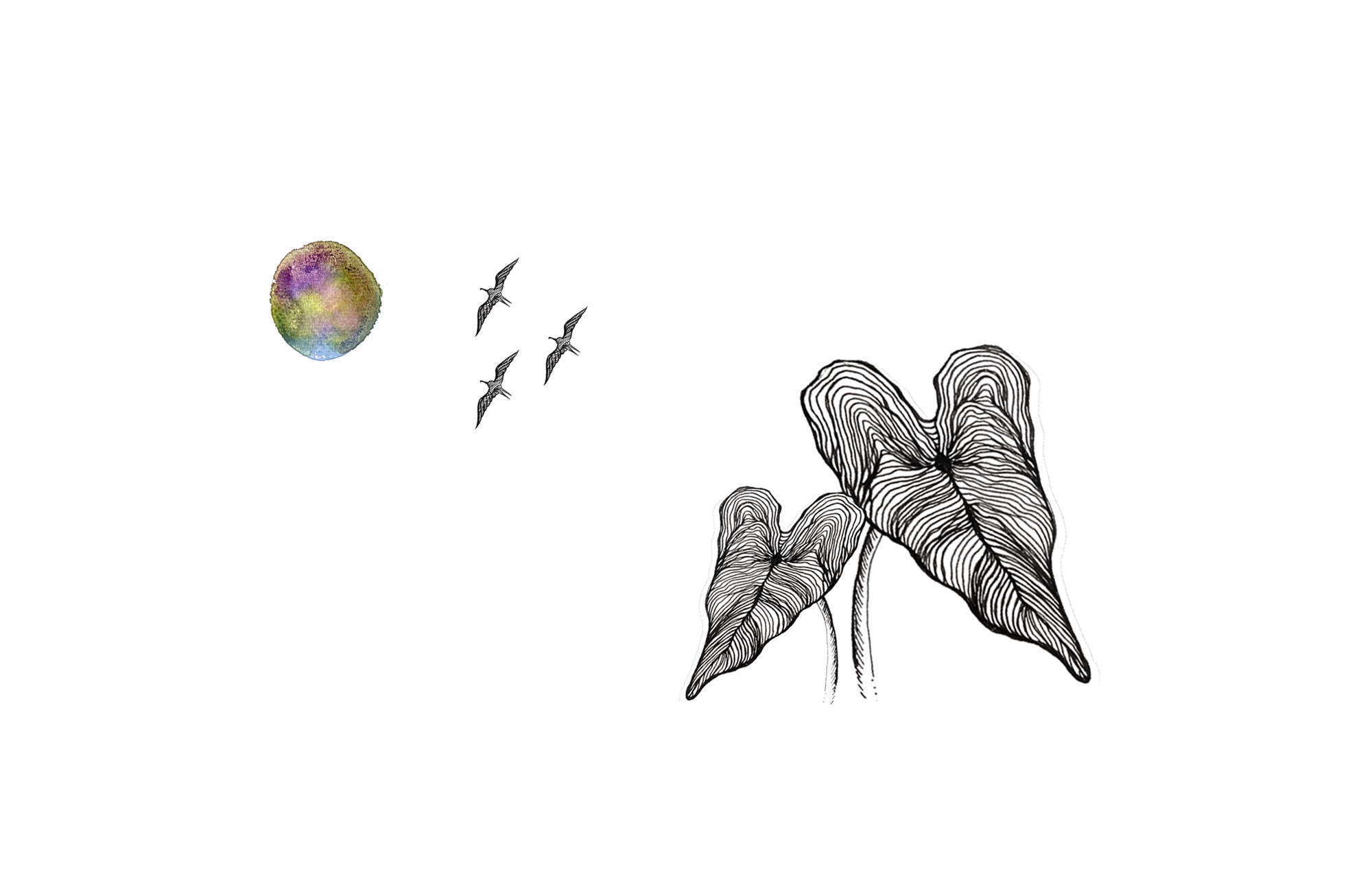
A Hawaiian year is called makahiki. Each Makahiki has 12 lunar months or malama. A single malama encompasses one complete lunation that ranges from 28 to 29.5 days. Within each malama are three 10-day groupings of moon phases called anahulu.

The 12 Hawaiian malama fall short of a solar year, 365 and 1/4 days. The solar-based Gregorian calendar, which is the most widely used calendar globally, addresses its mathematical mismatches in very creative ways. In contrast, Hawaiians created a 13th month called Malama pili that is used when necessary.
Since the names and sequences of the twelve Malama or Hawaiian lunar months differ by island, iMahina features those used broadly in the present day for many Hawai‘i moon calendars. The malama match those offered by David Malo for Hawai‘i Island and listed by S.H.P. Kalawaiopuna in the October 12, 1895 edition of the Hawaiian newspaper Nupepa Kuokoa.
Welehu: October - November
Makali‘i: November - December
Ka‘elo: December - January
Kaulua: January - February
Nana: February - March
Welo: March - April
Ikiiki: April - May
Ka‘aona: May - June
Hinaia‘ele‘ele: June - July
Mahoe Mua: July - August
Mahoe Hope: August - September
‘Ikuwa: September - October
Most sources agree that a Hawaiian year begins with the rise of Makaliʻi, the Pleiades at sunset, which usually happens in Welehu. Some sources also note seeing the first Hilo moon or first crescent as a critical annual marker after the rise of Makaliʻi. Ceremonies marking the start and end of Makahiki differed by island.
Anahulu are three, 10-day groupings of moon phases within a single lunation. Hoʻonui or the first 10 days or moons are by waxing (growing), full (rounded), and waning (decreasing) moon phases.


